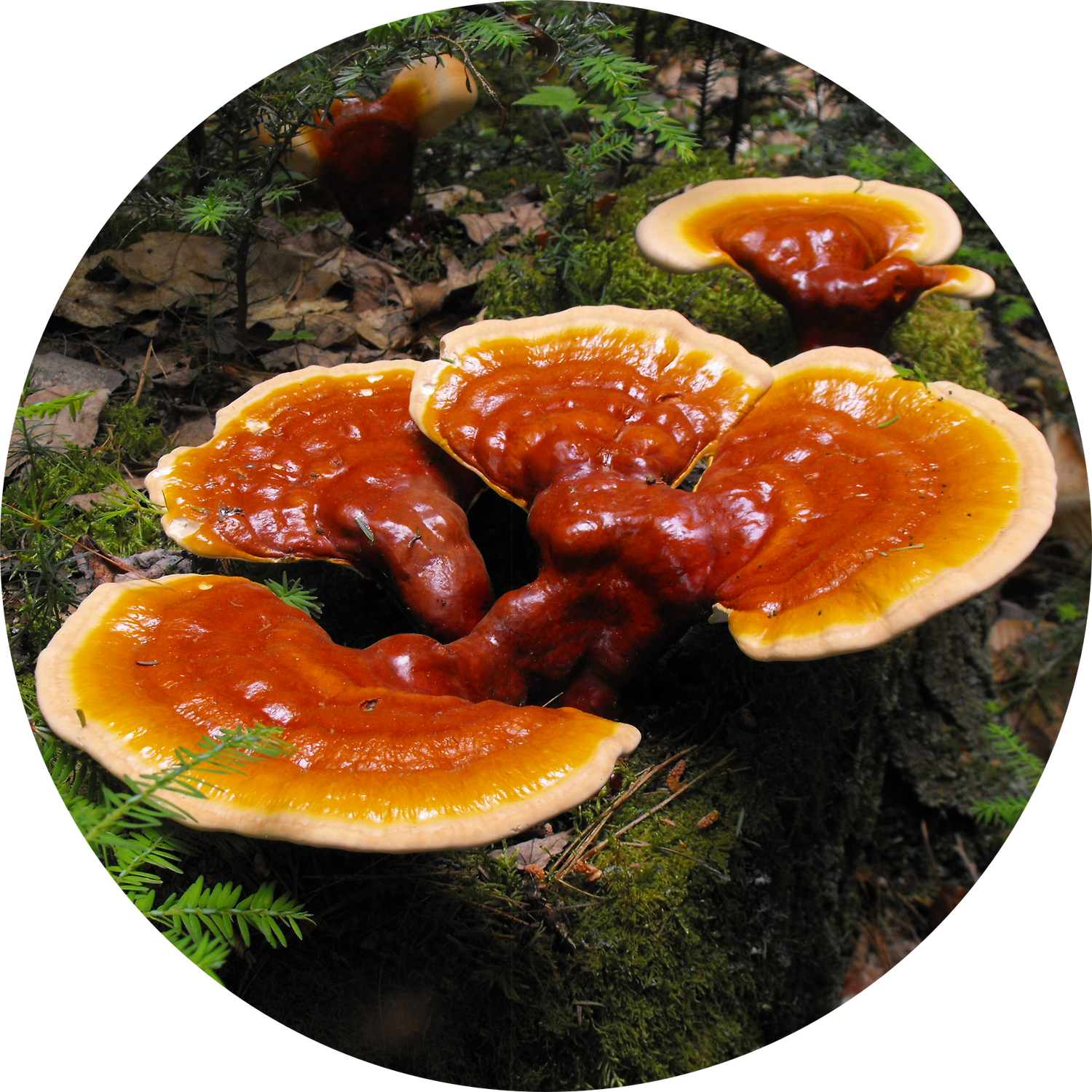
Cryopreservation
Originally prepared for the Collection of Zoosporic Eufungi at the University of Michigan
All chytrid and blastoclad fungi in the CZEUM are kept in a cryopreserved inert state until a culture request is made for revitalization. Cryopreservation and revitalization methods of the CZEUM follow the methods described by Boyle et al. (2003), and are briefly discussed here. Further information can be obtained by contacting CZEUM staff.
Cultures are grown in their preferred liquid medium for 1–2 weeks, sufficient time to enter, but not exceed, the culture’s exponential growth phase. Testing of each individual culture may be necessary to determine the optimal time for cryopreservation. The key factor is that many young and developed thalli are present; deteriorated thalli and active zoospores will not produce a viable culture after cryopreservation.
Cultures are centrifuged at 4000 RPM for 20 minutes in a refrigerated centrifuge set to 4 °C.
To maintain sterility, always transfer zoosporic eufungi in a laminar flow cabinet. The supernatant resulting from centrifugation is removed and reserved for sterilization by autoclaving. The pellet of fungal thalli is resuspended in the cryopreservation medium below.
Cryopreservation medium
80% volume Culture’s preferred sterilized liquid medium
10% volume Dimethyl sulfoxide (DMSO)
10% volume Fetal Bovine Serum (FBS)
The resuspended thalli in cryopreservation medium are distributed into cryopreservation vials and placed in an ultralow freezer in a isopropanol-buffered cryopreservation container (Mr. Frosty [Nalgene]).
Once frozen, cryopreservation vials are transferred to dry storage, liquid nitrogen-cooled freezers for long-term archiving.
To revitalize a culture, a cryopreservation vial is removed from the freezer and placed in a 43 °C water bath for 2 minutes. In sterile conditions, the culture in the liquid cryopreservation medium is then aspirated and transferred to a new agar medium plate of the culture’s preferred medium. An equal volume of sterile distilled water is added to the plate to dilute the cryopreservation medium. The plate is sealed and placed in suitable conditions until growth is observed, ranging from 24 hours to several days. At that time, an inoculation plug is transferred to new agar medium.
References
Boyle DG, Hyatt AD, Daszak P, Berger L, Longcore JE, Porter D, Hengstberger SG, Olsen V | 2003 | Cryo-archiving of Batrachochytrium dendrobatidis and other chytridiomycetes | Diseases of Aquatic Organisms | 56(1):59–64 | doi.org/10.3354/dao056059
